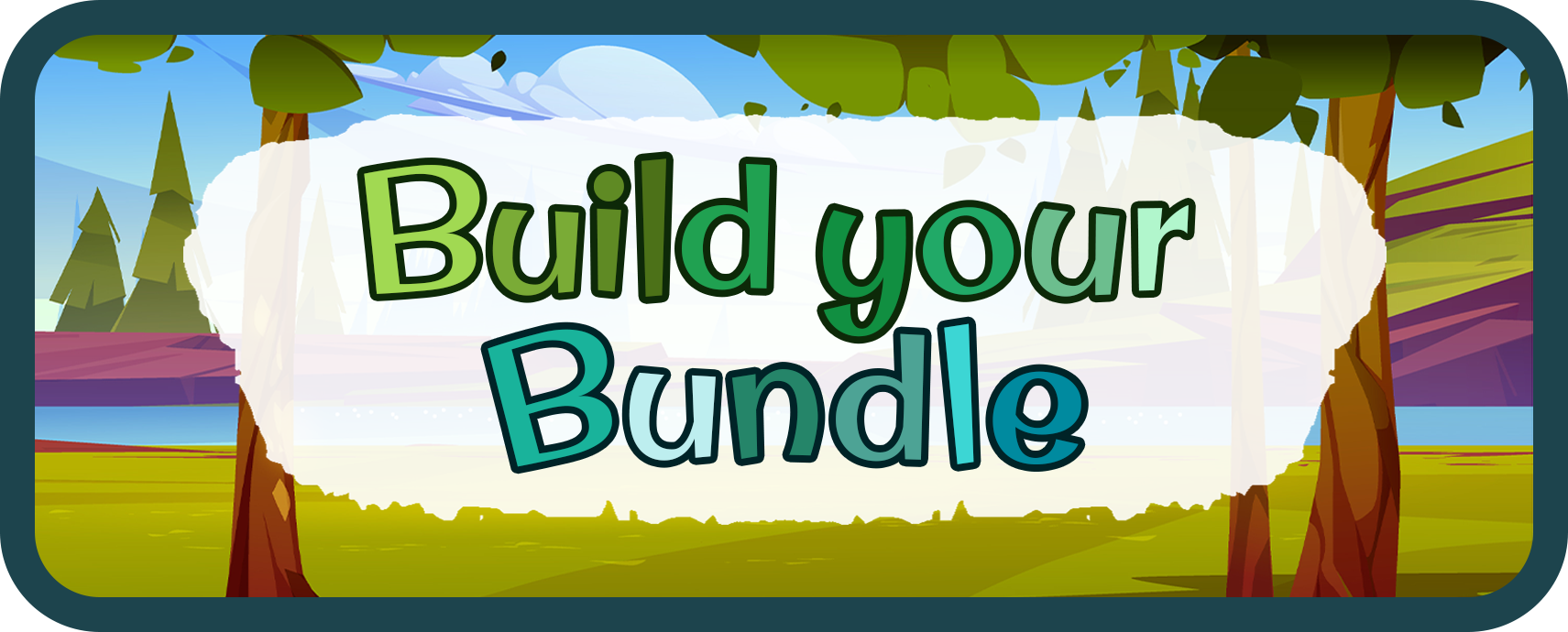![]()
Have you noticed lately how many superheroes seem to be around, ready to swoop in to save the world?
If Captain America isn’t right for the job, then Spiderman or Superman might fit the bill.
We homeschool parents might sometimes wonder if a caped crusader is available to help us manage our schooling and raise our kids. If this thought has occurred to you, then Charlotte Mason is a person you may want to meet.

Charlotte Mason was a British educator who had a gift for seeing through to the real goals of education, and showing others how to truly accomplish those goals. Charlotte revolutionized education in the late 19th century as she advocated giving children living ideas, utilizing a mentoring approach, and treating each child as an individual.
Among Charlotte’s most important ideas were the ideals and methods she shared with parents for training children and helping children grow into wonderful human beings. Charlotte understood children very well, and she understood how to “bring them up” well. She firmly believed that parents are in every way equipped to be their child’s best guides and teachers, and her books and writings are filled with practical advice on doing just that. It is for this reason that her ideas and ideals so strongly resonate with parents, especially homeschoolers. It is also why, if Charlotte Mason were a superhero, she’d be the person to get to swoop down into crowded workshops at the latest homeschool conference!
Charlotte wrote extensively, which gives us even today a wealth of her wisdom and experience to enjoy, and doesn’t require her to show up in tights or a cape. But it does take some time to get to know this new superhero of yours, and fully absorb all of Charlotte’s ideals and methods. You’ll find this journey pays off for your family life, and is well worth the time it takes to complete. However, getting started with some of Charlotte’s ideas is fairly easy. The way to begin is to start with some basics, and then add more of her recommended methods as you master the primary elements of Charlotte’s “way” with children.
To begin, let’s take a look at how to embrace the essentials of “Charlotte’s Way”: incorporate living books, begin a narration habit at home, and study nature.
Build Around “Living Books”
Living books was a phrase Charlotte coined to describe books worthy of a child’s time, books that develop their mind and speak to their heart. Living books make an impact on the reader, appeal to all ages, make the reader think, and have a plot that is memorable. They invite imagination and hold truth within their pages. Living books include classic themes of love, hope, sacrifice, or justice that appeal to all people, and give children ideals to strive for.
Charlotte despised empty books she called “twaddle,” that were ordinary or shallow. No, books must be full of depth and richness, because it is in reading them that a child acquires new ideas for themselves.
Inside living books a child may sail away into history, and make the experiences they have inside the pages entirely their own. In this way, Charlotte said, a child could linger long in history, begin to be at home in the ways of that period of time, and think the thoughts of people of that place. These become a “double-life” for the child, full of wonderful experiences that could be revisited again and again, and character “acquaintances” that would inspire them to reach for greater things.
To begin in Charlotte’s way, give your children living books to read on their own. Most books should be comfortably within their reading level, allowing for an occasional challenge. Most parents try to stick with a certain time period, so that children can fully immerse themselves in a place and time in history. Assemble a list of books that cover Colonial America or the Revolutionary War, for instance, or allow your kids to journey to ancient Egypt or westward with Lewis and Clark and the mountain men. You can find good books by checking out Newbery award winners, and book lists in homeschool catalogs, but the best way to know a book is “living” is to preview it yourself.
As your family begins reading, you’ll want to incorporate another Charlotte Mason essential skill,one that walks “hand in hand” beside the practice of reading living books — the habit of narration.
 Develop the Habit of Narration
Develop the Habit of Narration
For Charlotte, there was an exquisite simplicity in using narration as an essential of teaching: it wasn’t complicated, it required no helps whatsoever, and children were naturally gifted at it! For narration, is quite simply, telling back. What parent hasn’t had a little hand pulling on theirs, insistently saying, “Guess what happened?” followed by a vivid account of a frog in the pocket or a tumble from a tree? Children are naturals at telling back in their own words anything they’ve absorbed or experienced, and Charlotte took advantage of this by incorporating the strengths of
narration into her teaching.
So, narration is actually very easy. Parents are already used to asking children questions that invite the child’s story — questions like, “What did you and Grandpa do together?” To develop the habit of narration, a parent simply extends that to have a child tell back something they have read about or heard in their lessons. Parents should have ready questions such as, “Tell me the story again, this time in your own words,” or “Describe George Washington for me.” Narration begins with leading questions like these, and is followed by active listening to your student “telling back.” It is important to show that you are listening, and interested, or the student will not be motivated to do his best in the narration, much as any storyteller will cut short his tale when an audience is not engaged.
Listed here are some sample leading questions. Each can be modified for a younger or older student as needed.
- What did your character do in this chapter?
- Tell me what happened in order.
- Tell me everything you remember about [an event].
- Describe how [a place] looks and smells.
- Why do you think [a character] did that?
- How is this story like [another familiar one]?
- Do you think [the character] did what was right?
- Do you agree with [a concept or idea in the reading]?
If a student seems “stuck,” or has a hard time adding detail, prompts can help elicit more from a student. The younger the student, the more prompts may be helpful. For older students, prompts can encourage the addition of fine detail, character study, personal opinion, or give them time to evaluate plot or meaning.
Prompts are simply leading questions that might incorporate some detail from the story to help remind the student of thoughts they haven’t shared. Some children take to narration of lessons as easily as they narrate about their own lives, while for others, it is a skill to be learned. Prompting will help ease your student into natural use of narration. However, at times a narration is weak because there is a concept the student did not understand, or unfamiliar vocabulary they’ve encountered. Use this as an opportunity to probe with questions to figure out where the problem lies. At times, you’ll need to help the student understand the concept or vocabulary, then go back and read part or all of the passage, so that they can successfully narrate for you.
Next Steps in Narration
When students are young, narration should be pretty much oral narration, though art could be considered a written way to have students “tell back” what they’ve absorbed. Charlotte advocated transitioning to written narration about the time students reach full competence with reading. For most children, this happens somewhere around 4th or 5th grade. Written narration should simply be considered writing what was formerly spoken, and leading questions can become the topic of paragraphs or short essays.
Another very successful way of transitioning and enjoying narration long-term is through notebooking. In Charlotte’s day, notebooking primarily meant “directed drawing” into a blank notebook because of the time in which she lived. Charlotte might suggest, perhaps, to students that they draw a savannah with examples of key plants, and list or draw the animals they would expect to find there. Today, notebooking can open a world of imagination if the notebooking is as rich as the study itself. Of course, the author must warn you that many notebooking sheets offered today are the equivalent of “twaddle,” offering students busy work and coloring pages, rather than getting the student to show what they’ve learned, or interact with information that allows them to use what they’ve learned. Don’t just accept notebooking pages that call themselves “Charlotte Mason,” but take the time to see that they are offering a rich educational experience.
 Indulge in Nature Study
Indulge in Nature Study
A final basic in the Charlotte Mason method is found in encountering nature. At first, you may think that nature study is difficult, as many of us have become used to the controlled environment and comforts of our homes. But Charlotte took her students out every day for nature study, even in her rainy, native England!
It is best to begin with a weekly outing. Any natural place is a destination: your backyard, a grove of trees at a nearby park, the beach, a creek bank, or even a wet ditch full of cattails! It doesn’t have to take all day, just start small. Allow children to stay long enough to enjoy nature, and use their senses to fully absorb the sights, sounds, smells, and the feel of the place around them.
While outdoors, have your children write out what they observe, draw a specimen, or even paste samples of plant leaves or flower petals into a journal. As you become adept at nature study, you can do more in-depth, even seasonal projects. You can collect nuts in the fall and create a three-dimensional exhibit with them. You can visit a farm to see baby animals in the spring, and have students write how they resemble adult animals, and how they do not. Online nature study or marvelous books can help students experience faraway natural places like national parks, rainforests, or volcanoes that they can’t, or won’t visit right away.
Still, nothing is a substitute for the quiet time spent on nature study, nor for hearing the chirp of wetland frogs, or hearing the flow of a creek in summer. Be sure to liberally indulge in nature study with your children, and you’ll soon enjoy it so much that you won’t want to miss out on this time!
What To Do Next
After you successfully integrate these Charlotte Mason essential skills into your homeschooling, you can move on to discover the many other methods and ideas Charlotte advocated. Charlotte’s writing provides us with great ideas for incorporating living math, artist study, poetry and music appreciation, and a lifelong friendship with Shakespeare. There’s no better way to learn about how to include these in your homeschooling than to read them from Charlotte herself, in her book, “Home Education.” It is in the public domain, so it can be found online, and has even been translated from the original Victorian English to a more modern version.
Why You’ll Find You Love Charlotte’s Way
As you begin to integrate aspects of Charlotte Mason into your homeschooling, you’ll find out just what kind of a superhero she is. You’ll discover that you are able to enjoy your children (and your school time) as never before, as you leave behind lecturing and testing and instead enjoy a journey of discovery right alongside your children.
Living books let your children see into places and times that they could never experience otherwise, and provide ideals of character for which to strive. They stimulate your children’s thinking, and give you daily opportunities to talk about the “real” things of life. Narration allows you a window into their own inner life, something that acquaints you with your child’s “true self ” for a lifetime. You are likely to find this enables you to keep communication lines open that might otherwise wither away in the teen years.
Notebooking creates a long-lasting record not only of what has been learned, but stores a treasure trove of family memories. Notebooks can allow children to specialize their interests, enabling them to blossom and grow as individuals!
Meanwhile, nature study enriches the soul, allows for deep thinking, and encourages a quiet, contented spirit. It allows children to see the value in things outside themselves, and marvel at new discoveries.
In short, Charlotte Mason’s ideas in every way help you as a parent to accomplish the very ideals you are likely wishing for as you raise your children.
Now that’s the kind of superhero that comes in handy!
 The Author of WinterPromise, Kaeryn Brooks
The Author of WinterPromise, Kaeryn Brooks
Kaeryn Brooks is the author and creator of WinterPromise Publishing, a Charlotte-Mason based curriculum that blends the best of Charlotte’s ideas with rich notebooking, new ideas and technology.
WinterPromise integrates practical and fun activities, true-life experiences, and experiments with educationally-rich notebooking, can-do nature study, DVD suggestions, and website links. You’ll find the beginnings of a rich Charlotte Mason journey at www.winterpromise.com. Kaeryn and her husband rely on Charlotte’s advice to raise (and homeschool) their seven children.









